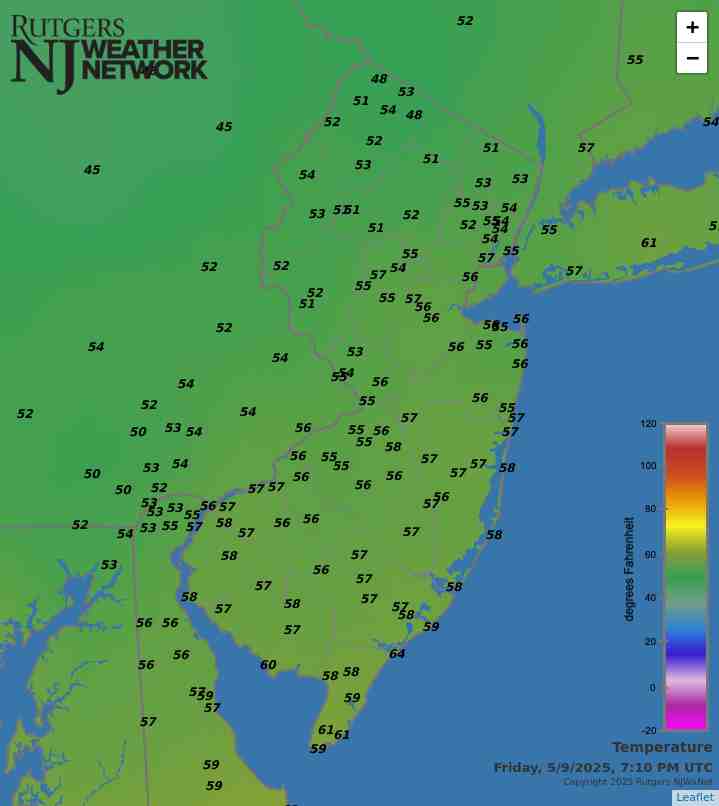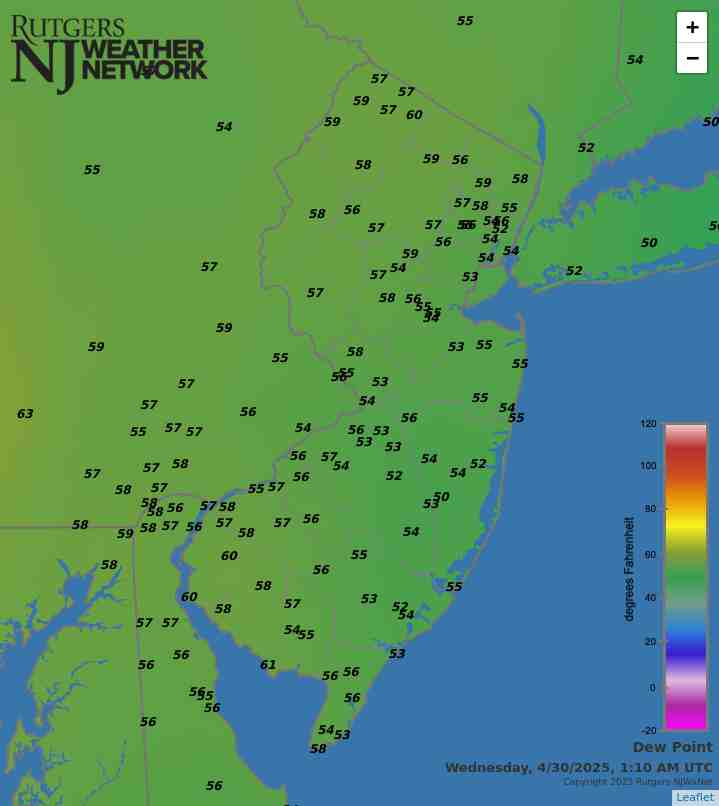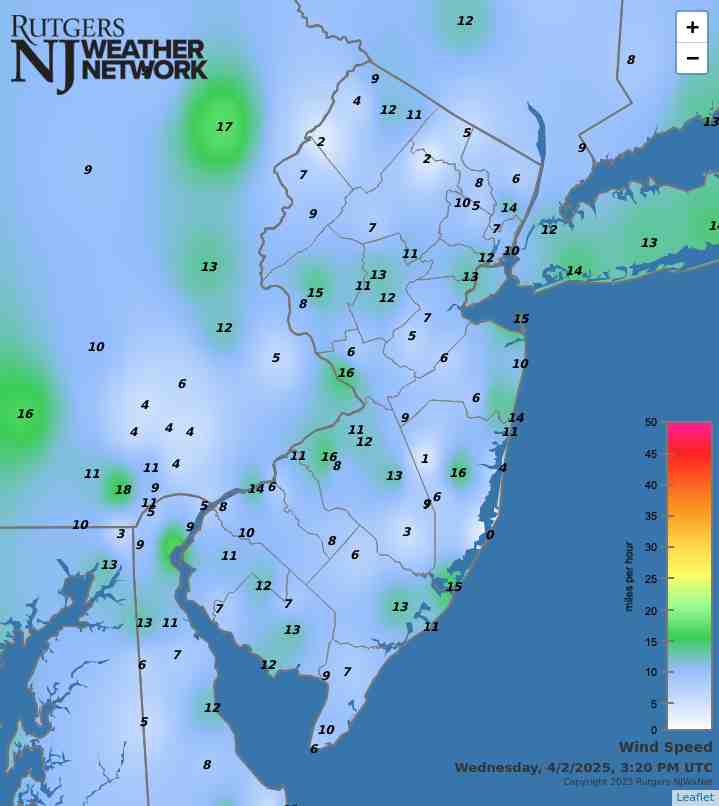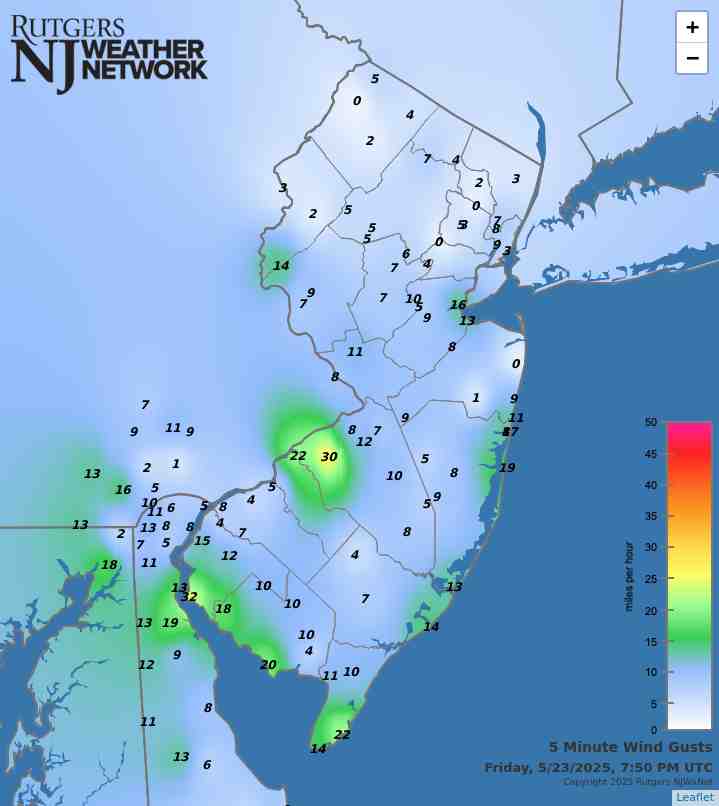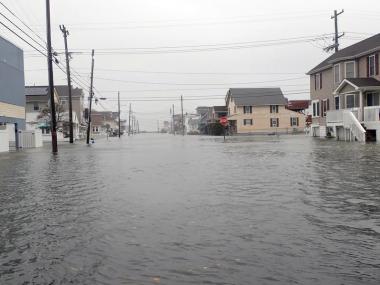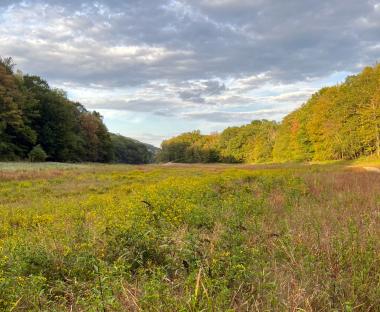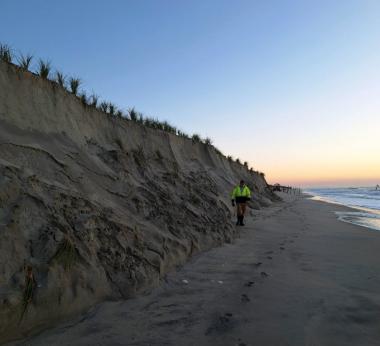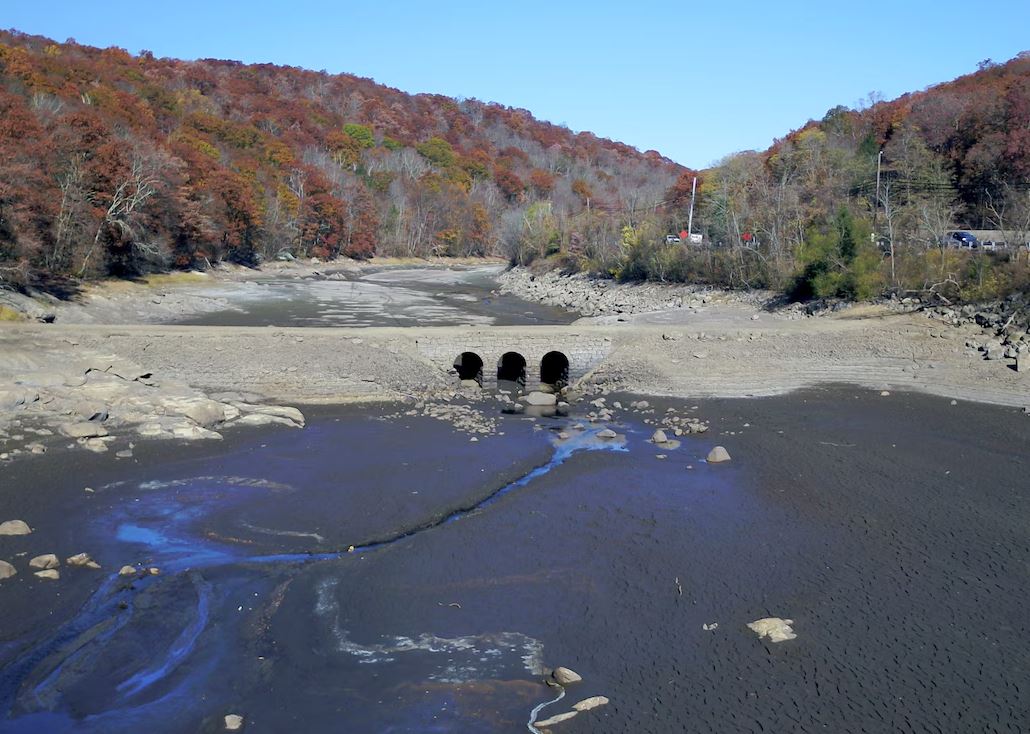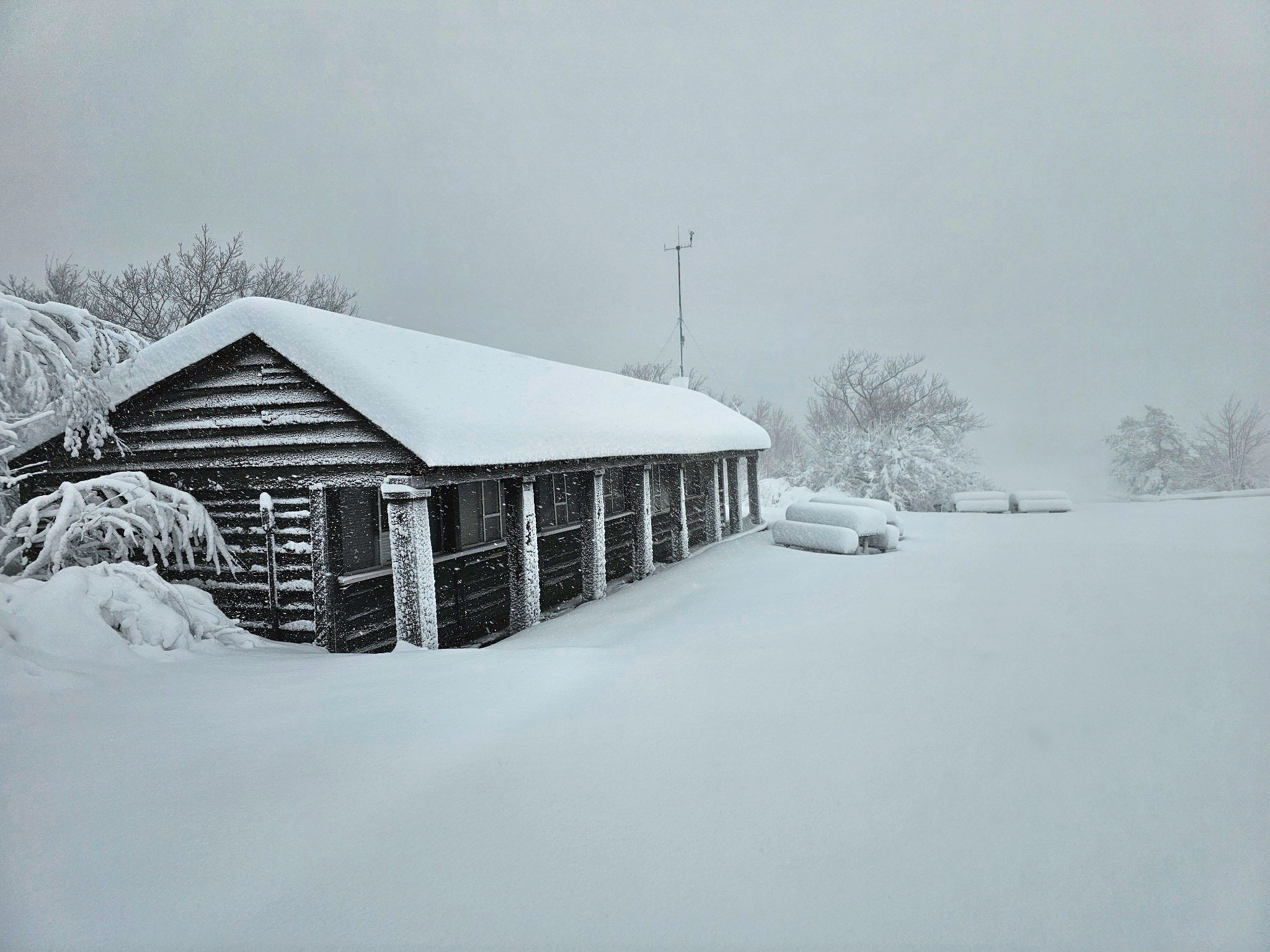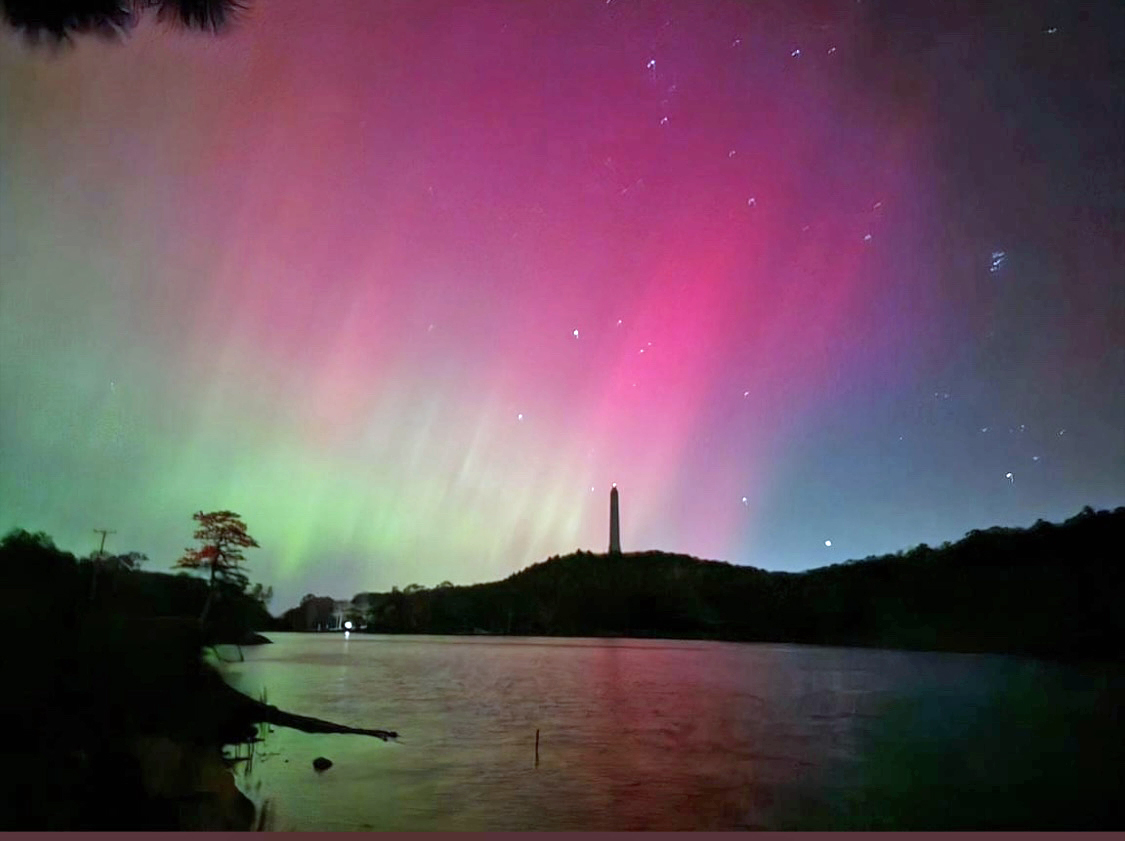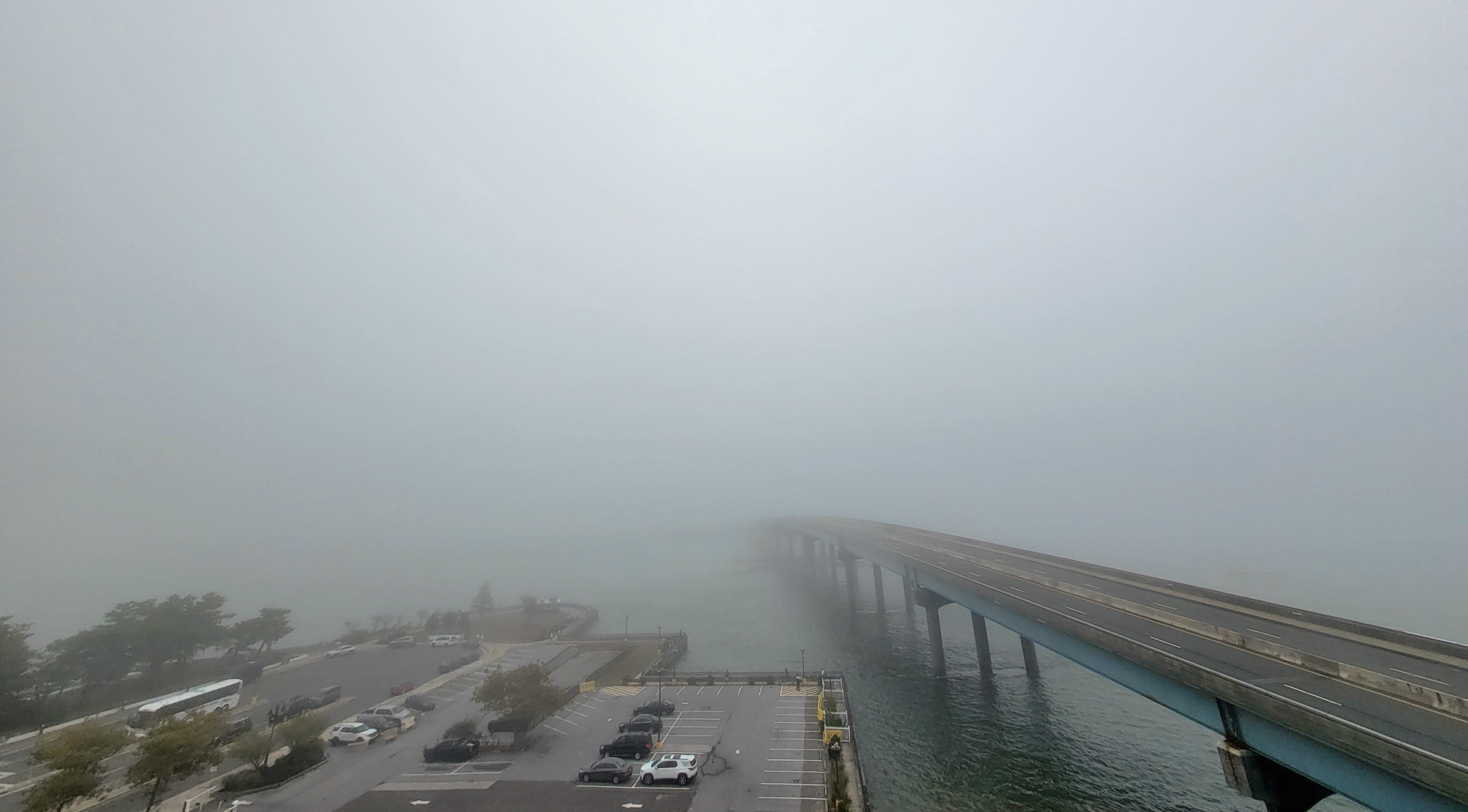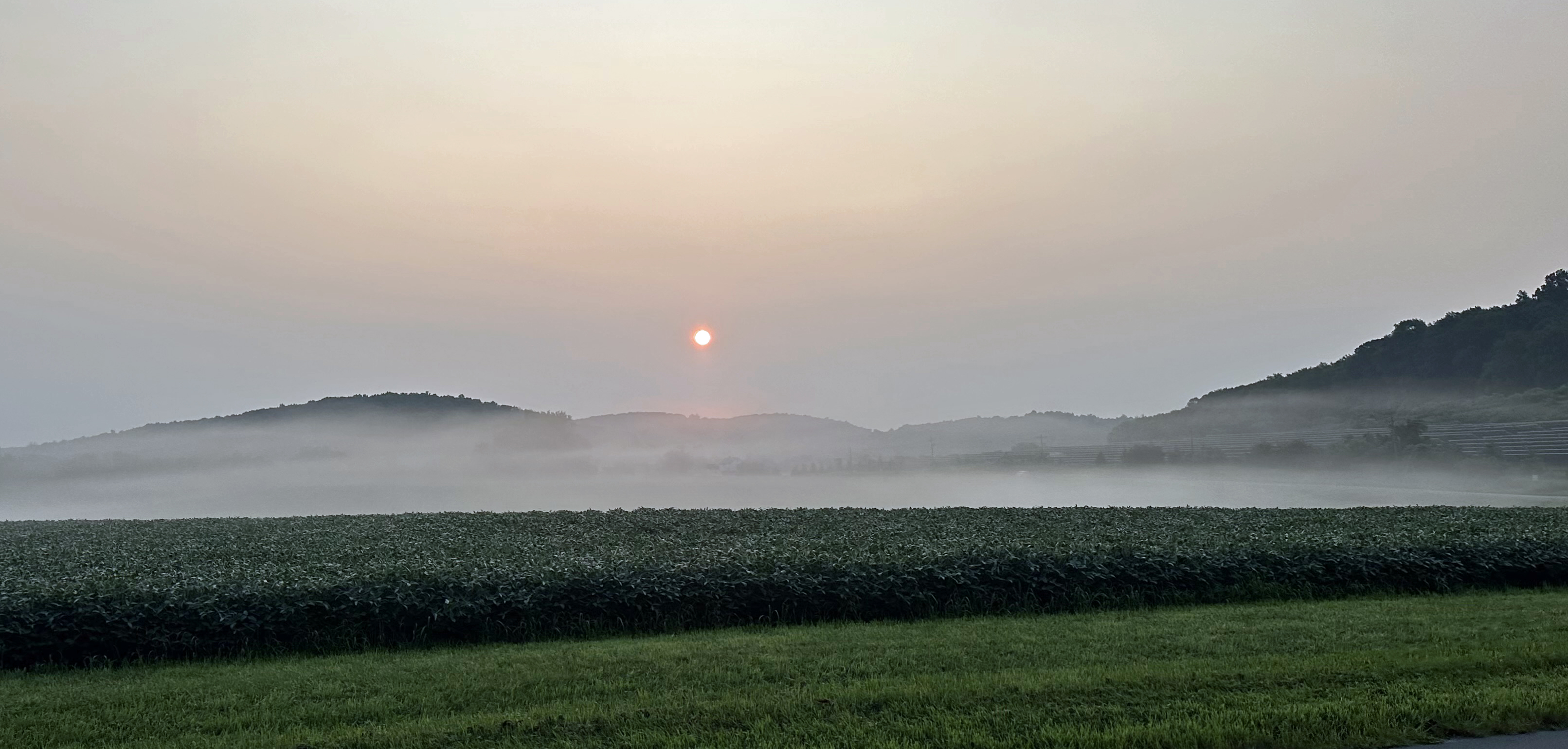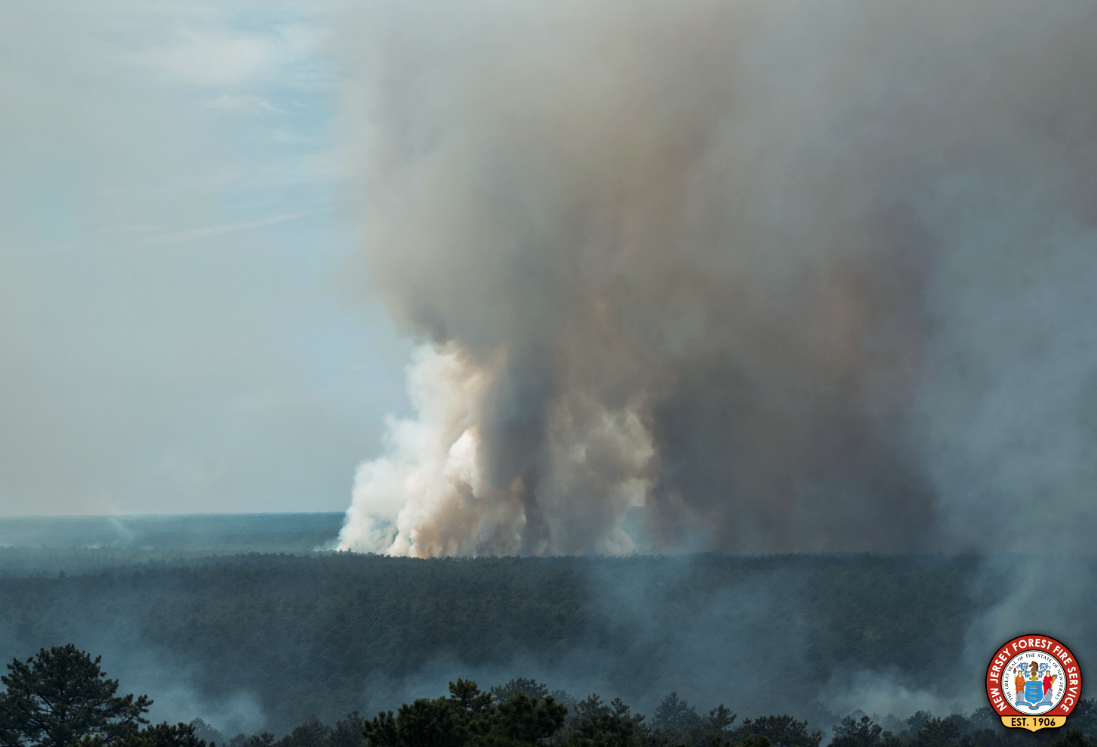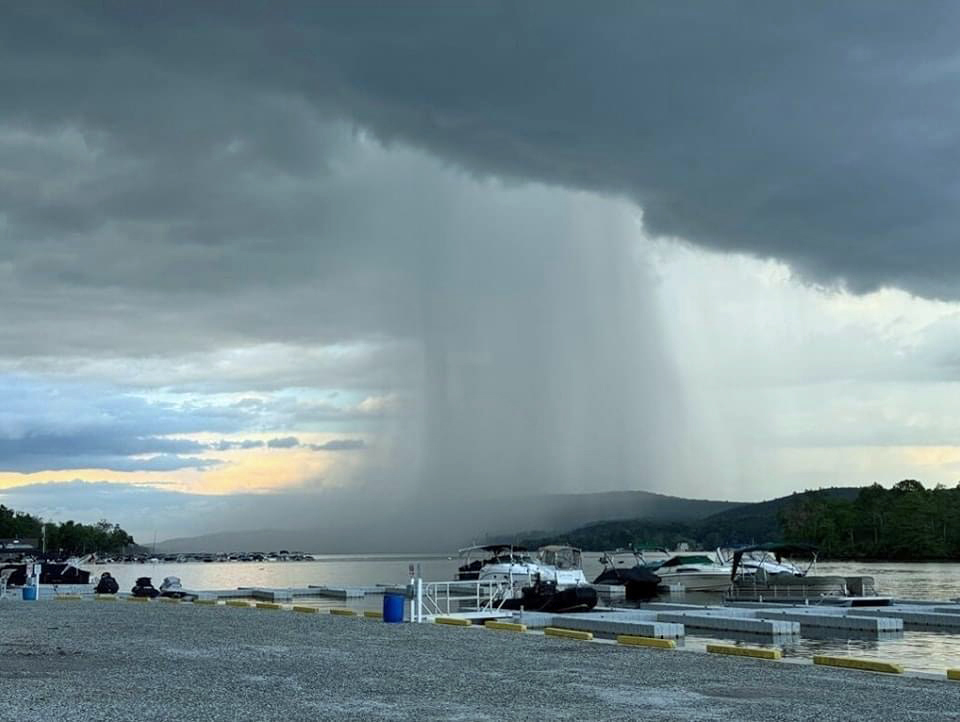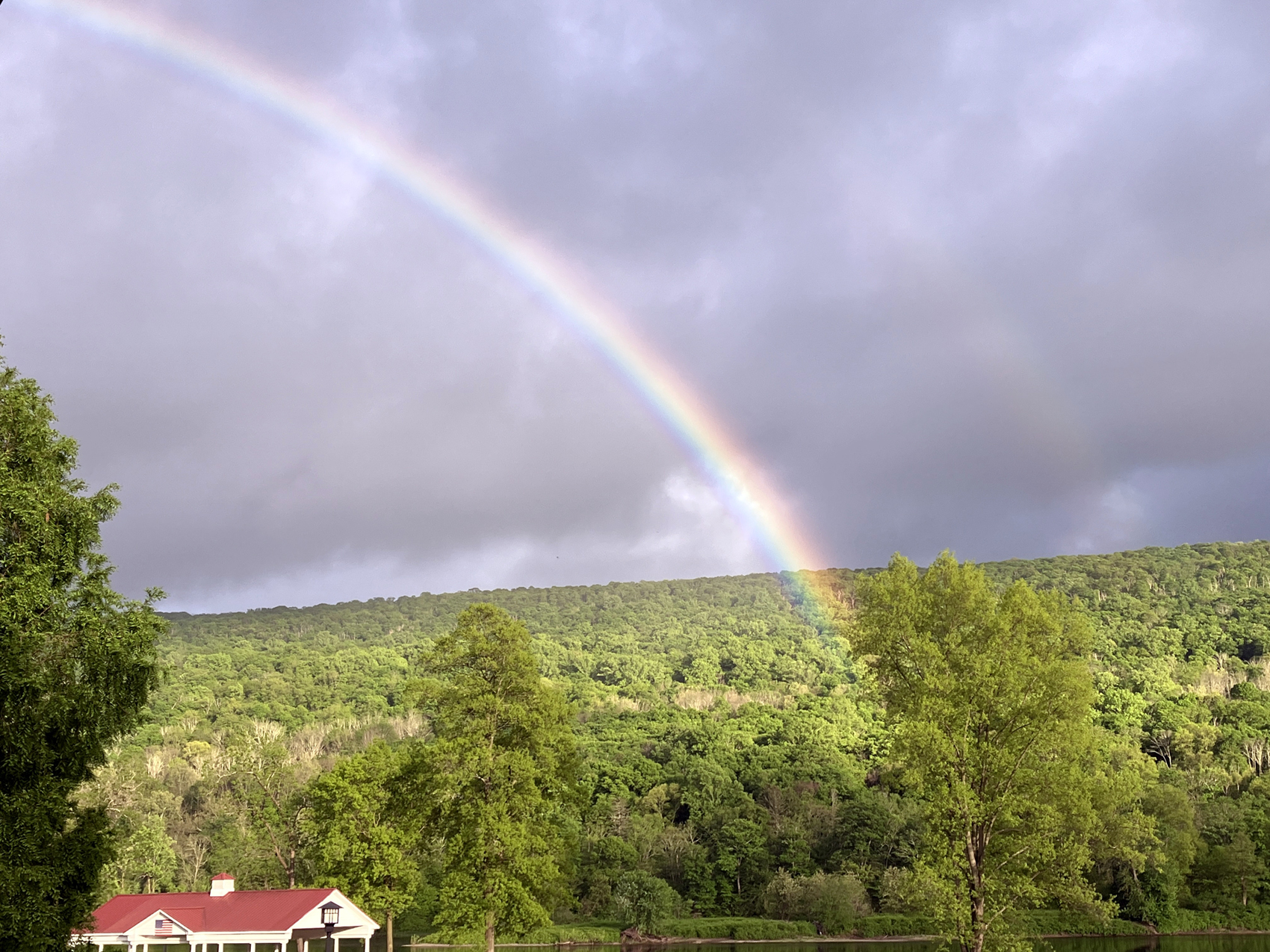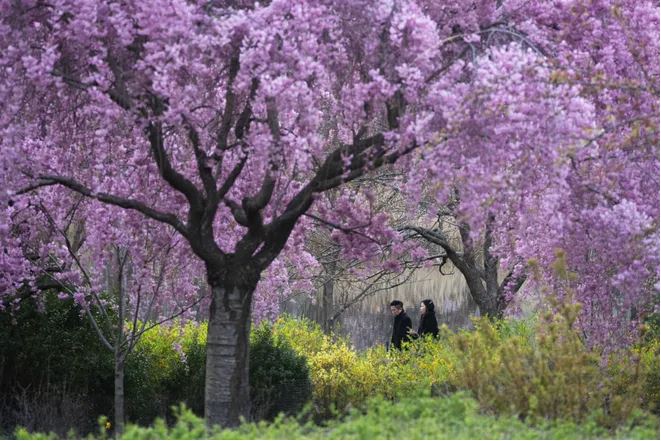Pressure/Warmth Prevails as Drought Arrives: December/Annual 2024 Report
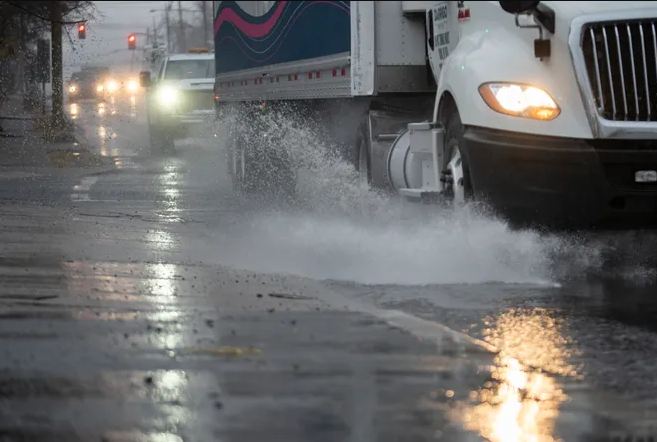
The theme of “pressure” was selected to define the last month of 2024. In an absolute sense, this refers to a mid-December period with the highest atmospheric pressure recorded in New Jersey in over 40 years. It can also be linked with pressure differentials over the course of the month that resulted in many windy days. In a relative sense, it refers to the need to recoup the substantial precipitation deficit for the second half of the year in hopes that water resources will rebound, and by spring, drought will not be of great concern. Some progress in that direction was made from late November through December, but far more is needed in upcoming months. Following a recap of December conditions, this report will conclude with an overview of the Garden State’s weather/climate of 2024, including a link to our annual top 10 event list.
Statewide, December precipitation was more plentiful than any month since August, though still below the 1991–2020 normal. The rain and melted snow averaged 3.67”. This was 0.60” below normal and ranks as the 65th driest (66th wettest) since statewide records commenced in 1895. As seen most often throughout 2024, south Jersey was drier than the north in December. The southern climate division (Mercer/Middlesex/Monmouth south, except east of the Garden State Parkway) averaged 3.55” (-0.73”, 63rd driest/68th wettest), the coastal division (east of the Parkway) came in at 3.21” (-1.15, 55th driest/76th wettest), and the northern division (Hunterdon/Somerset/Union and north) averaged 3.92” (-0.33”, 70th driest/61st wettest).


